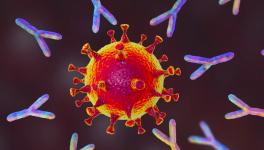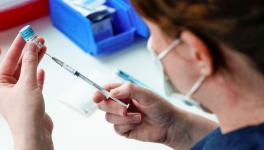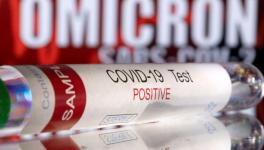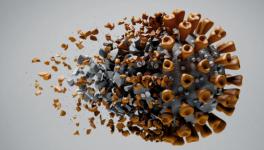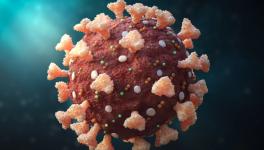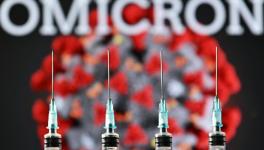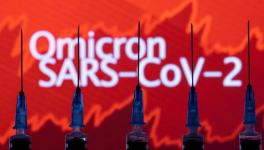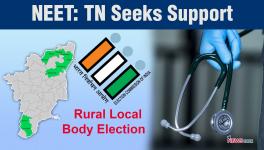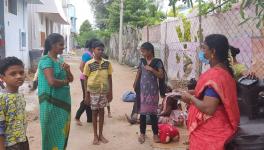T Cells and Herd Immunity: How Far Can We Depend on it?
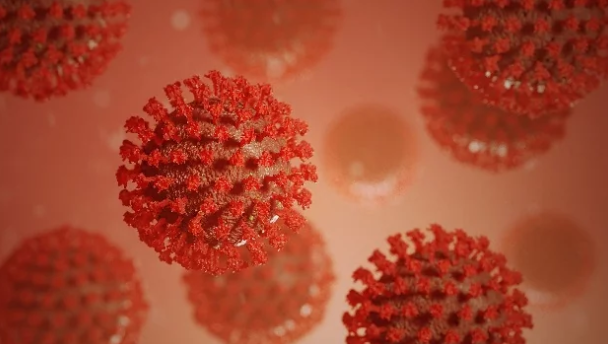
Image Courtesy: Pixabay
The neutralising antibodies produced by our body against SARS-CoV-2, the virus causing the ongoing pandemic, have, in many instances, been found to be short lasting, not more than few months. This raises the chance of reinfection by the same virus. This is not very surprising though, the antibody produced for SARS (2002-03 outbreak) had similar characteristics.
Neutralising antibodies are a natural response of the body immunity that we bank on to fight any invading pathogen. For any kind of pathogen, the body generates antibodies, some remain active for prolonged periods while others may wane out easily.
But, antibody is not the ultimate thing in the immune system. Even after fading away of the antibodies some people could retain immune cells that can effectively recognise the virus, systematic studies from SARS tells us. If that happens in SARS, similar ways of immune response and hence, fortifying the vaccine design can be done for SARS-CoV-2 as well.
Antibodies are proteins that storm upon the virus and prevent it from infecting cells. But this is only a part of the immune system, a whole variety of immune cells come into play as far as providing immunity against a pathogen is concerned. The T cells and the B cells are key points in the coterie of cells that help bolster someone’s fighting response against a pathogen. The B cells help bringing the pathogen specific antibodies into existence, the T cells, on the other hand are of two varieties—the killer T cells learn how to destroy the virus while the helper T cells help in maintaining the whole process.
Lately, systematic studies on T and B cells have started to unravel some patterns about the ways they could provide immunity in response to SARS-CoV-2. A study published in Cell led by Alba Grifoni of La Jolla Institute of Immunology found that all of the convalescent patients infected by SARS-CoV-2 had developed helper T cells while 70% of them has killer T cells. The level of T cell response, as found by them, nearly corresponded with the neutralising antibody levels. Similar findings have also been reported in a recent study jointly conducted by Universities in UK and China whose results were uploaded in the preprint server bioarxiv.
Also read: How T Cells Function in COVID-19 Patients?
What is more interesting is that the La Jolla Institute of Immunology group found the presence of T cells that recognise the novel coronavirus in people who have never been exposed to the virus. There are other studies as well which say that 20-50% of people unexposed to the novel coronavirus displayed significant reactivity to the virus.
The inference drawn from the latest La Jolla study along with others is that the T cells of unexposed people responsive against the novel coronavirus could be due to cross reactivity. There are seasonal cold and fever endemic to many places that are caused by other coronaviruses. The immune system has developed recognition of these viruses and now, they can also recognise the virus based on their previous experience with the viral proteins of other coronaviruses. Importantly, the T cell reactivity in the unexposed people are also found against the spike protein of the coronavirus, one of the primary target of vaccines under development. The spike protein is the key that the virus uses to cling on to cell and eventually enter into it.
Another report in biorxiv suggests cross reactive T cells in unexposed people. It also reported to have found broader response of T cells in people exposed to SARS-CoV-2, meaning the T cells could respond against different regions of the virus. They found this unique T cell response but no antibodies in people who donated blood during the pandemic and in household members of COVID-19 patients. Till now, there are only few studies that say the T cell response without the presence of antibodies.
The important question here is whether all of these people are protected from the virus. As of now, it remains far from an established fact. For that matter, can we think of T cells as a route towards achieving herd immunity? Well, that too remains far from established.
What is Herd Immunity?
Herd immunity is the situation when a significant population becomes immune to a certain pathogen and in this way, prevent the pathogen from further infecting people. The most effective way of attaining herd immunity is vaccination but there can be natural herd immunity as well; when a significant proportion of a population becomes immune to a disease after getting infected.
For COVID-19, the herd immunity is roughly calculated to be 60%, that means when 60% of the population becomes immune after infection, the virus would probably not infect further. The calculation comes from a formula, which is 1-1/R0. The R0 value is the primary reproduction number, which signifies how many people are infected by each infected person. The R0 value for COVID-19, roughly, is 2.5.
However, achieving the desired target of 60% immune people is far from reality, as estimations in badly hit European countries tell us. In a country like Spain that was severely hit by the disease only over 6% people had reached immunity. Then, there is a section of the scientific community who hold the view that herd immunity probably cannot be achieved at all.
Again, one study published in Science says that herd immunity threshold (the 60% estimation) could be lower, about 43% pertaining to population heterogeneity.
But, in majority of the studies on herd immunity the estimations are based on antibody presence. The T cell immune response and its link to herd immunity needs more and more systematic studies. Specially, to infer something conclusive, these studies will have to incorporate large cohort of population in different geographical and environmental locations across the globe, to look at both the T cell response in infected people and cross reactive T cell response in people who are never exposed to the novel coronavirus.
Also read: COVID-19: Why SARS-CoV-2’s Recurrent Mutations Could Lead us to a Vaccine
Get the latest reports & analysis with people's perspective on Protests, movements & deep analytical videos, discussions of the current affairs in your Telegram app. Subscribe to NewsClick's Telegram channel & get Real-Time updates on stories, as they get published on our website.










